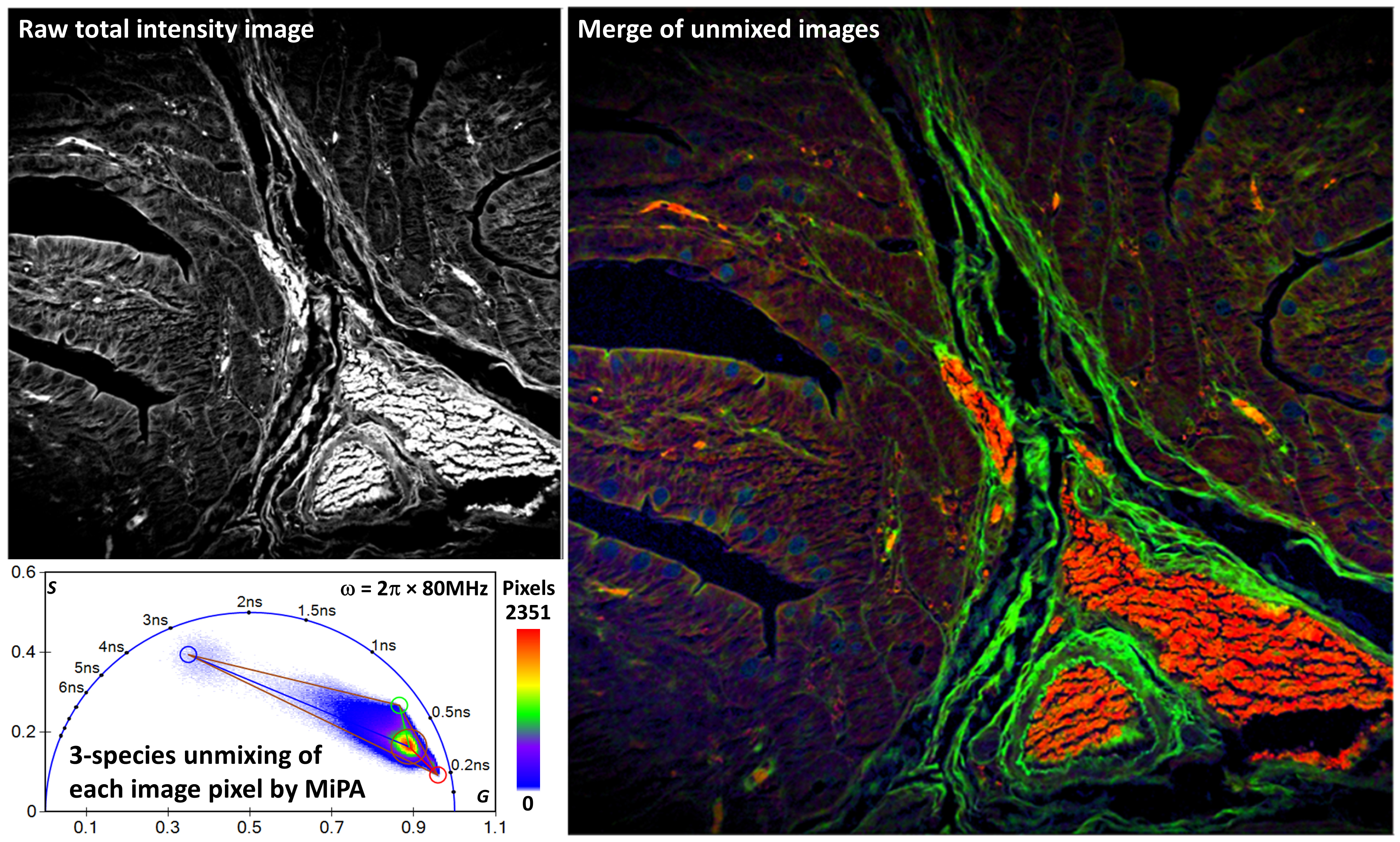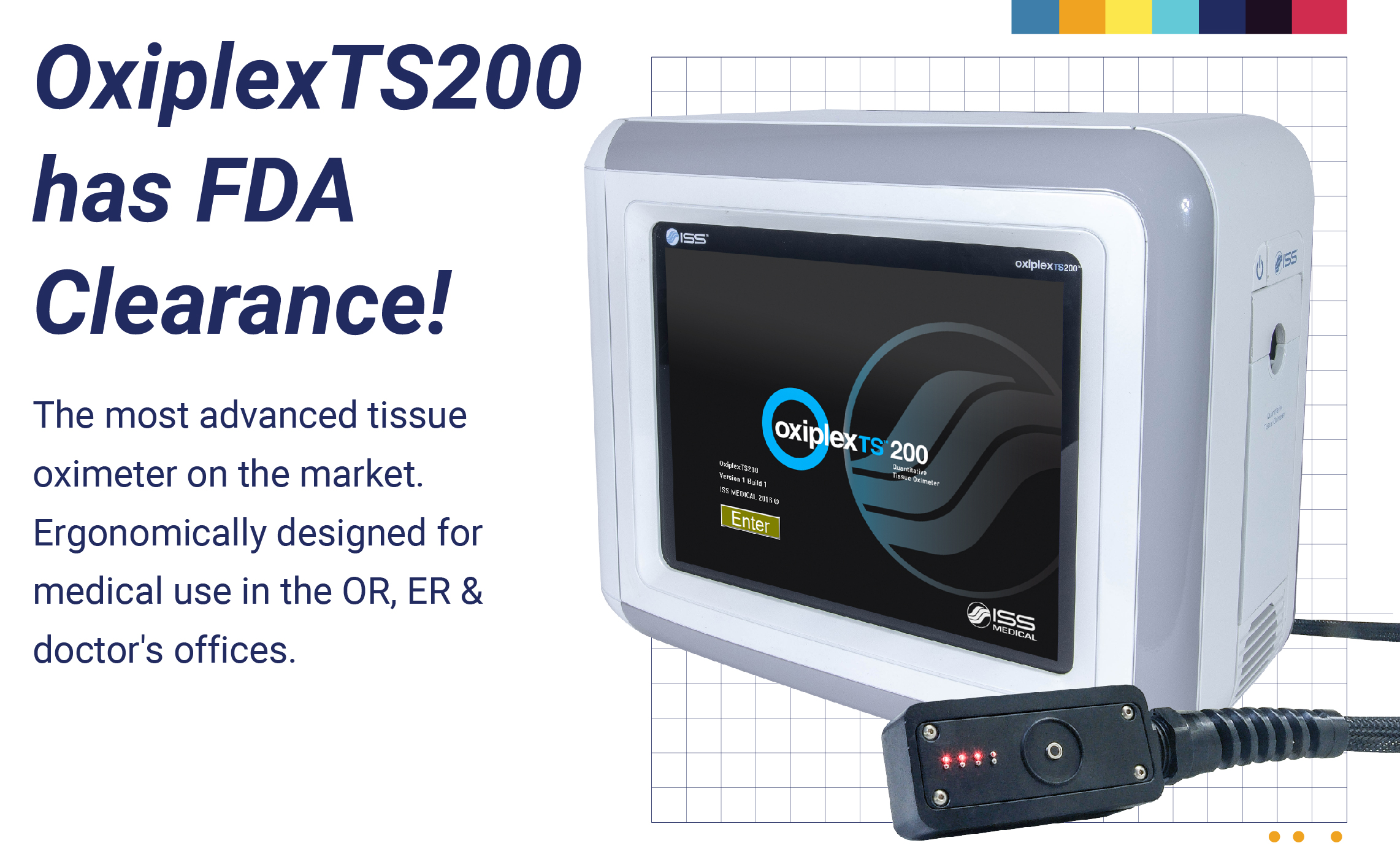NEWS
ISS Introduces Light Emitting Diodes (LEDs) For the Study of Proteins
Champaign, Illinois - December 23, 2004 - Another first at ISS: the first light emitting diodes (LEDs) delivering radiation in the range 260 nm to 300 nm has been added to the list of light sources available for ChronosFD, the frequency-domain based spectrometer for the measurement of fluorescence decay times. These LEDs, based on new AlGaN fabrication technology, can be produced with the emission wavelength tuned in the range from 260 nm to 300 nm. The modulation frequency range of these LEDs reaches 300 MHz, allowing for the determination of decay times in the range from one millisecond to as short as 100 ps.
“These new light sources open new horizons for the development of protein-based sensors and for the construction of small portable instruments aimed at detecting the presence of deadly bacteria in the environment”, Beniamino Barbieri, President of ISS declared. “These instruments could be utilized for the control of food safety and food poisoning, for monitoring the presence of bacteria spread by terrorists and for protecting our troops in the bacteriological warfare. The novel LEDs also open unprecedented possibilities in basic biochemistry research, for the measurement of protein dynamics, and for the understanding of basic protein interactions with other proteins, with nucleic acids and with metabolites in the body.”
The late Prof. Gregorio Weber of the University of Illinois at Urbana-Champaign pioneered the study of proteins using fluorescence techniques. Two approaches can be followed: either using extrinsic fluorescent probes or using the fluorescence from intrinsic amino acids. Several fluorophores are available for covalent or noncovalent labeling of proteins. Of the twenty three amino acids making up proteins, only three display fluorescence: phenylalanine, tyrosine and tryptophan. With the exception of phenylalanine, which features a maximum absorption at around 255 nm and has a quantum yield of about 0.03, they display absorption in the region 280 - 300 nm and display a strong fluorescence signal.
Until now, there has been four main light sources are available for excitation in this spectral region: high-pressure xenon arc lamp, high power (emitting more than 10 W in the visible) argon-ion laser; Ti:Sapphire lasers (whose emission has been tripled) and synchrotron radiation sources. With the exception of the synchrotron, which requires a facility of its own, only the other three sources are available in the laboratory and none of these sources, because of their size, is amenable to the construction of a portable instrument. Additionally, both the xenon arc lamp and the argon-ion laser require, for their modulation, the use of an external modulator, which further compromises their use as tools for the measurement of lifetime in a compact instrument. The new LEDs do not have any of these limitations: they are small (a cylinder 7 mm in diameter and 5 mm high), energy efficient (powered by a ±15 V), powerful enough (in excess of 300 µW) to get a fairly high fluorescent signal and can be modulated above 300 MHz using a low radiofrequency signal (13 dBm).
ChronosFD is usable in basic research and for routine measurements. It is complemented by a variety of accessories for the study of samples in solution and in solid state. ChronosFD can be fitted with a fiber optics bundle for the study of in-situ fluorescence and for the constructions of sensors using chemically-activated fiber tips.



